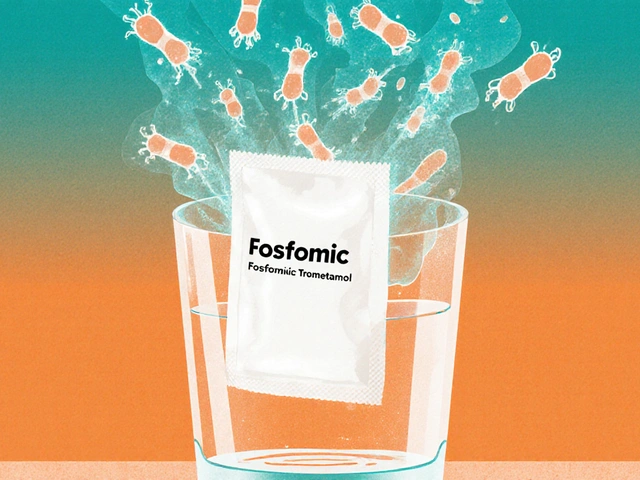Insurance Prior Authorization Explained: Quick Tips to Get Your meds Approved
If you’ve ever waited weeks for a prescription because your insurer said “need prior auth,” you’re not alone. A prior authorization is just a green light request from your insurance company that says, “Yes, we’ll cover this drug or service.” It’s meant to keep costs down, but it can feel like a roadblock. Knowing why it happens and how to push it through can save you time, money, and stress.
Why Prior Authorization Happens
Insurers use prior auth for three main reasons. First, they want to make sure the drug is the right choice for your condition. Second, they compare it to cheaper alternatives that work just as well. Third, they check that the dosage and duration match their guidelines. If any of these checks raise a flag, the claim is put on hold until your doctor provides extra info. Understanding this helps you see the request as a safety check, not a penalty.
How to Speed Up the Process
Here are the steps that usually cut the waiting time in half:
1. Ask your doctor to be proactive. When they write the prescription, have them include a brief note explaining why the drug is needed and why cheaper options won’t work for you.
2. Use the insurer’s online portal. Most carriers let you upload the doctor’s note, lab results, or previous treatment records directly. Uploading everything at once avoids back‑and‑forth emails.
3. Know the formulary code. Your insurance’s drug list (formulary) often has a code for each medication. Giving that code to the pharmacy or doctor can make the request clearer.
4. Follow up the day after you submit. A quick call to the pharmacy or insurance helpline to confirm receipt shows you’re on top of things and can prompt faster review.
5. Keep a log. Write down dates, names of reps you talk to, and reference numbers. If the request stalls, you have the details ready for an escalation.
6. Know your rights. In many places, insurers must give a decision within a set number of days (usually 5‑10 business days). If they miss the deadline, you can appeal the denial as “unreasonable delay.”
7. Ask for a temporary fill. Some pharmacies will give you a few pills while the auth is pending, especially if the drug is urgent.
Don’t forget to double‑check that the prescription matches exactly what’s on the prior‑auth form. A tiny typo in the drug name or dosage can send the request back for correction, adding extra days.
Finally, stay calm and polite. The people handling the request are often overworked, and a friendly tone can go a long way. If you hit a wall, request to speak with a supervisor or a case manager—sometimes they have the authority to approve faster.
By following these steps, you’ll turn a confusing bureaucratic hurdle into a routine part of getting your medication. Keep a copy of this guide handy the next time you see “prior authorization required” on your pharmacy screen, and you’ll know exactly what to do.

Insurance Tricks to Cut ED Med Costs Without Brand-Name Cialis
Looking to save big on erectile dysfunction medication without splurging on brand-name Cialis? This article breaks down insider strategies like navigating prior authorizations, filing tier exceptions, and getting the most out of mail-order pharmacies. Expect plenty of tips, practical examples, and details about insurance loopholes to help you lower your prescription costs. A handy resource for anyone frustrated with the price tag of ED meds. Real facts, no fluff.

Depression Symptoms: A Complete Guide
Oct, 7 2025



